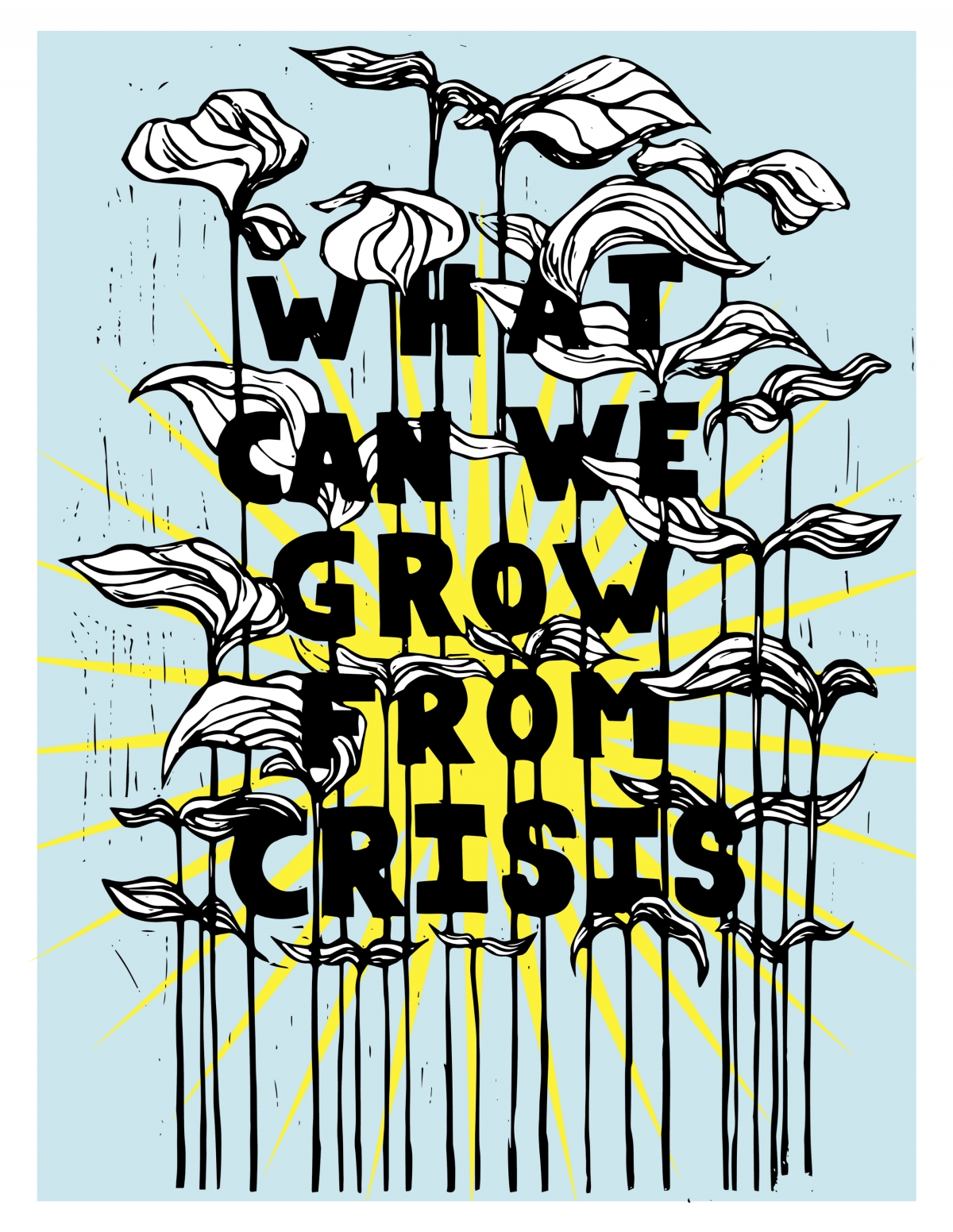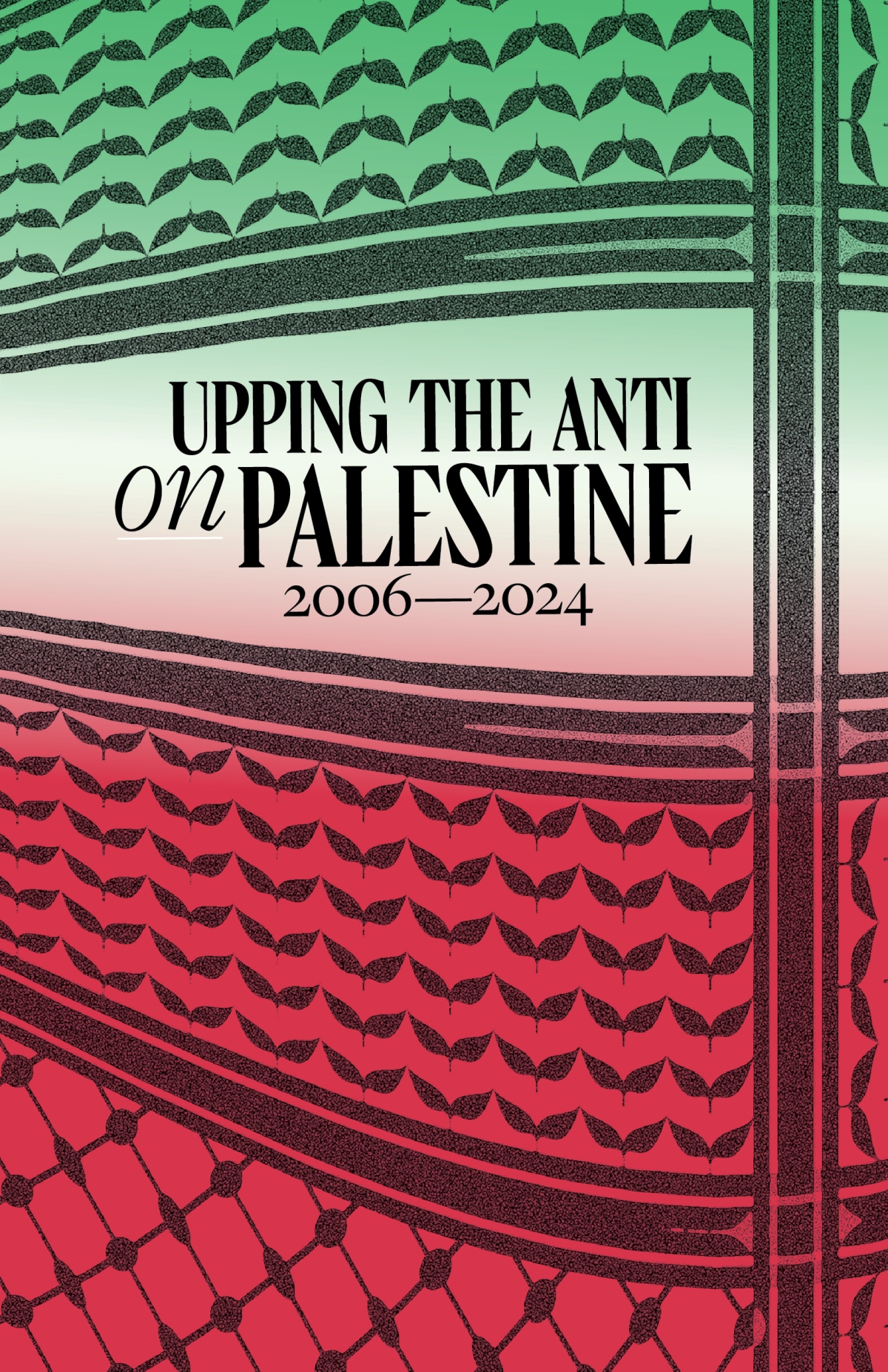The Virus is a Relation

Photo Credit: What Can We Grow From by Pete Railand - “Been thinking a lot about this during the times of COVID 19. What can we grow from crisis, where will we go from here? It’s time to re-imagine. Nothing is inevitable, everything is possible.”
COVID-19 is a virus; it’s also a relationship. Whether people live or die when they get sick depends on webs of social relations, the history of oppression carried in their bodies, what care is made available for them to receive, and so much that we don’t yet understand. One way for us to understand the pandemic is to look at what activities, what practices, it sparks. How might we think about this novel coronavirus as a relationship? If we do this, we can make ethical, political, and ecological evaluations of the relationships we proliferate in response to “the virus.”
From back in January, I had a student in my writing class whose family lived in Wuhan; each week during our opening circle she updated us on the effects of the virus. This connection with her helped me perceive the pretense of some places being immune to the virus that immediately became the policy for nation states. The close-the-borders approach stabilizes structures of containment, social surveillance and control, and underlines a conception of some places and people as contaminated that participates in an imprisoning logic.
Policing the virus manifests an understanding of it as a delimited, containable entity that can be kept out of a country, neighborhood, or body. Directing our energy to containment practices will fail us in two ways: First, these practices do not actually protect anyone, and second, they proliferate militarized policing structures that will still be in place when the virus is something with which we can be in relation without dying.
The alternative to a military or police model of being in relation with this virus is care. I have observed that when people move from thinking about their own body boundaries as a domain they need to seal off and protect from viral intrusion and start thinking about their practices in terms of trying to not transmit this virus to the people they encounter, their activities change. Wearing masks or keeping physical distance become things we do to protect others. People who are able to stay home are staying home as a practice of generosity, not selfishness. And each of the vectors of recognizing who is made to be vulnerable teach us something about what sort of world we want to be in relationship with, not later, but now. Right away we want health workers to be safe, we recognize that grocery workers are continuing to show up to work not because they are selfless heroes (though they are that, too) but because they live under capitalism and need to work to eat. We recognize that leaving people in jail is a death sentence, and that unhoused people deserve a place to be.
Community care is a better relationship to hold to than containment and boundary-protection. As UTA’s editorial years ago pointed out, care should not be individualized! In the oral history project Gary Kinsman and I have done about the history of AIDS activism in the Canadian context, I was struck over and over again by the practices of care people collectively set up to thwart the virus. A central part of those practices was assuming that everyone you had sex with, lived with, used drugs with, or touched was HIV positive. But instead of stopping any of those activities, people developed harm reduction practices – safer needle use and needle exchanges, eroticizing latex and sexual practices with lower transmission risks, cleaning the litter box to reduce toxoplasmosis transmission. As we come to see the degree to which COVID-19 is transmitted by asympomatic carriers, only an orientation of harm reduction and community care really animates our practices. The relationship we’re in with this virus invites us to form practices for taking care that allow more of us to live, and for that life not to predictably line up with whiteness and wealth.
Community care during this pandemic is full of friction, especially in a world structured around containment and policing. The reversion to holding boundaries around single-family dwellings organized by dyadic romantic attachments or supposedly biological relations reminds us again of the impossible care demands involved in such boundaries. They never served us, and we deserve collective care for everyone during and after this crisis. Most of us normally practice parenting, being a friend, being a lover, or simply being in relation with others in complex webs of mutuality. We have lost forms of collective care, however imperfect, from publicly-funded school to play groups to finding emotional resources in quick contact with acquaintances and beyond. I want us to remember that practicing care during this time of containment is limited, under tension, and emerge from isolation with demands for more collective care – more social assistance, funding for daycare, free places to live, the ability to take institutional recognition for family outside the dyadic romance narrative currently stabilized by the state. Care includes caring for ourselves as vulnerable and doing our best. We might practice caring for the earth in daily practices of attention, including looking, listening, or gardening.
Thinking about COVID-19 in terms of relationships allows us to resist the heartless rhetorical move claiming the deaths of all these people is the Earth, or the punishing hand of an omniscient deity, finally teaching us a lesson. The people – capitalists and militarist politicians – who have been destroying the earth for their profit all this time may be constitutionally incapable of learning that lesson, and they are surely already working on figuring out how to make money out of this. Everyone who loved this earth already knew that we need a deep, broad, consistent change, something much more sustained and livable than the temporary slowdown we’re experiencing now; we didn’t need a pandemic to teach us that lesson. Even as we mark that we can hear the songbirds in the city, that the whales are less stressed than they’ve been since the beginning of motorized ocean travel, that the skies above major cities are clearer than they’ve been since coal fires were first stoked, we can ask: What relationship with this virus will proliferate survivance and flourishing, now and later? Are we building freedom and care, or containment and control? In one of her short stories (pdf here), Ursula Le Guin said that an anarchist is one who, choosing, takes responsibility for the choice. The relations we create out of this pandemic will determine who lives and who dies. Let’s choose relations organized around collective care and joy, and, choosing, resist oppression.

